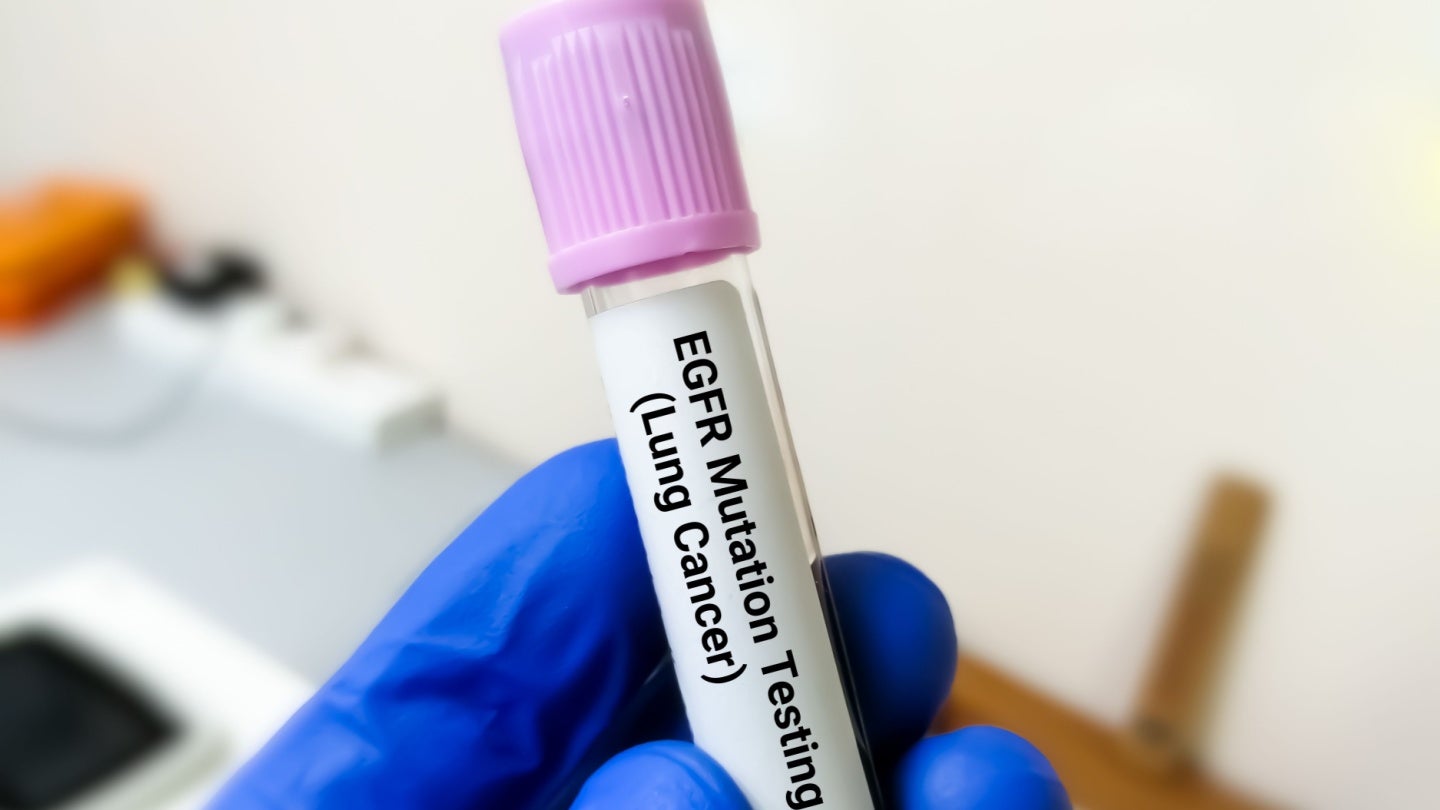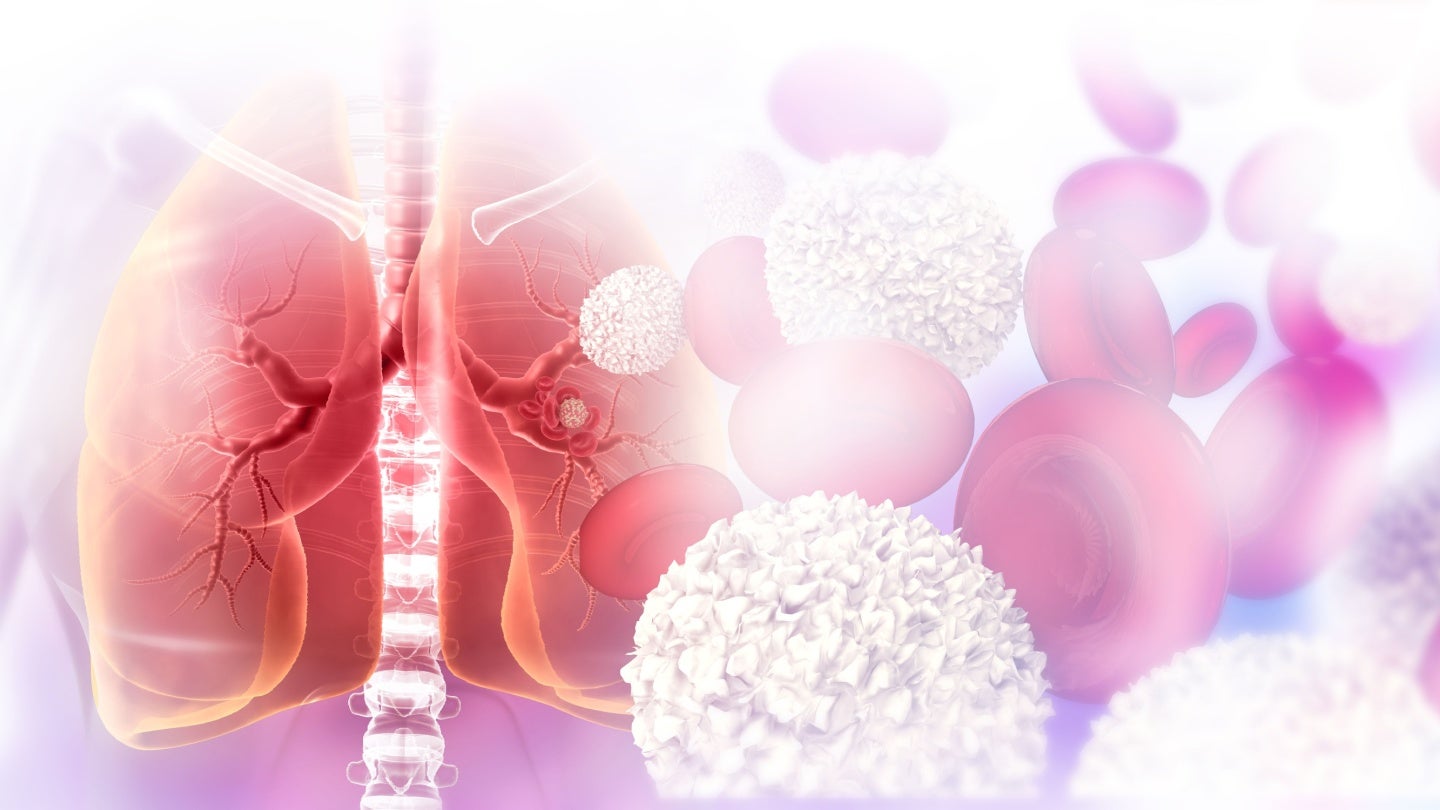Advancements in Robotics Enhance Efficiency for Sewer Maintenance
In a groundbreaking initiative aimed at transforming the maintenance of urban sewer systems, the PIPEON project has emerged as a pioneering endeavor that harnesses the potential of robotics and artificial intelligence (AI). This ambitious collaboration involves leading institutions from across Europe, including Tallinn University of Technology (TalTech) and the University of Sheffield, which are united […]


In a groundbreaking initiative aimed at transforming the maintenance of urban sewer systems, the PIPEON project has emerged as a pioneering endeavor that harnesses the potential of robotics and artificial intelligence (AI). This ambitious collaboration involves leading institutions from across Europe, including Tallinn University of Technology (TalTech) and the University of Sheffield, which are united in their mission to enhance the functionality and sustainability of sewer networks. The development and deployment of advanced robotic systems are poised to significantly shift the paradigms of sewer inspection and maintenance, promising not only to improve operational efficiency but also to mitigate environmental risks.
Unlike traditional methods that rely heavily on human intervention for sewage system maintenance, the PIPEON project seeks to utilize autonomous robots capable of mapping, monitoring, and repairing sewer infrastructures with minimal human oversight. This technology is especially critical in light of increasing concerns regarding urban flooding and sewer overflows, which can lead to severe environmental and health risks. By deploying intelligent robotic systems equipped with advanced sensing technologies and AI-powered analytics, it will be possible to preemptively detect and address issues within sewer systems before they escalate into catastrophic failures.
Currently, the harsh and featureless environment of sewer systems presents significant challenges for robotic applications. Traditional robots, while effective in controlled conditions, often fail under the unique conditions found at depths beneath urban landscapes. Professor Maarja Kruusmaa, a leading figure in this research, emphasizes the significant technological hurdles that must be overcome. For instance, robots must be designed to navigate through unlit, cramped pipe environments and withstand exposure to corrosive materials often found in sewage. This necessitates advances in both robotic locomotion mechanisms and autonomous navigation capabilities.
One of the key innovations being pursued in the PIPEON project is the development of specialized locomotion systems that enable robots to traverse varying liquid conditions, including those containing solid waste and fats that typically obstruct traditional sewer operation. This represents a paradigm shift in robotics, where adaptation to hostile environments is crucial for viability. Moreover, the project is investigating how small, on-board computing powers can be leveraged to enable these robots to perform data processing and decision-making autonomously, marking a departure from traditional reliance on external operators.
Sewers also present unique challenges in terms of communication. Typically, GPS signals are unavailable underground, making it difficult for robots to orient themselves without precise mapping. The PIPEON team has proposed an innovative solution: employing machine learning algorithms to navigate complex sewer systems and identify defects. This approach not only fosters the development of novel navigation strategies but also emphasizes the importance of artificial intelligence that can function efficiently within the constraints of small computational resources found in mobile robots.
The project has gained significant traction within the academic and technological communities, securing funding from the European Framework Programme on Robotics and Artificial Intelligence. This funding underscores the potential societal and environmental impacts of implementing autonomous robotic solutions for sewer infrastructure. Project leader Professor Kruusmaa highlights the multifaceted benefits of this research, asserting that successful implementation could drastically reduce sewage spill incidents—thereby addressing one of the pressing challenges outlined in the new Urban Wastewater Treatment Directive approved by the European Commission.
As part of an extensive collaborative effort, PIPEON involves twelve key European partners, blending academic research institutions with innovative technology companies. For instance, Herobots, an Italian start-up, is contributing its expertise in novel actuation mechanisms to optimize the movement and functionality of the robotic systems being developed. The diverse backgrounds of the partners enhance the project’s depth and breadth, ensuring a well-rounded approach to tackling the various challenges intrinsic to sewer maintenance.
With an existing network of over three million kilometers of sewer systems across Europe, the challenge is substantial. Many of these networks are aging and present a myriad of maintenance difficulties aggravated by climate change and new environmental requirements. Simon Tait, a prominent water engineering professor at the University of Sheffield, articulates a clear vision for the future. He contends that the development of autonomous in-sewer robots represents a radical departure from traditional methodologies, offering innovative solutions to maintain and enhance urban water management services for citizens.
By utilizing the insights and findings from this expansive research, the PIPEON project aspires to pave the way for widespread deployment of robotic systems in sewer networks throughout Europe by the year 2030. The anticipated advancements hold the promise of making urban infrastructure not only more sustainable but also smarter, fostering improved quality of life in urban areas by preemptively addressing issues that have long hindered sewer operations.
In conclusion, the PIPEON project signifies a pivotal moment in the integration of robotics and AI into environmental maintenance strategies, specifically within urban sewer systems. Its success could lead to an era marked by reduced urban flooding incidents and improved public health outcomes, reflecting a profound shift in how society approaches the maintenance of critical infrastructure. As the project advances, the research community and industry stand to benefit greatly from the innovations that emerge, shaping the future of smart urban environments.
Subject of Research: Robotics and AI for Sewer Pipe Inspection and Maintenance
Article Title: Revolutionizing Urban Sewers: The PIPEON Initiative
News Publication Date: October 2023
Web References: [Insert any relevant links here]
References: [Insert any necessary citations here]
Image Credits: PIPEON Project, TalTech, Simon Tait, University of Sheffield
Keywords
Robotics, Artificial Intelligence, Sewer Maintenance, Urban Infrastructure, Environmental Impact, Machine Learning, Autonomous Systems, European Union, Climate Change, Smart Cities, Sewer Overflows, Technology Innovation.
Tags: advanced sensing technologies in roboticsAI for urban infrastructureautonomous robots for sewer inspectioncollaborative initiatives in roboticsefficient sewer system managementenvironmental sustainability in sewage systemsinnovative maintenance solutions for sewer networksmitigating health risks in urban environmentsPIPEON project advancementsrobotics in sewer maintenancesmart technology for infrastructure repairurban flooding prevention technologies
What's Your Reaction?


































